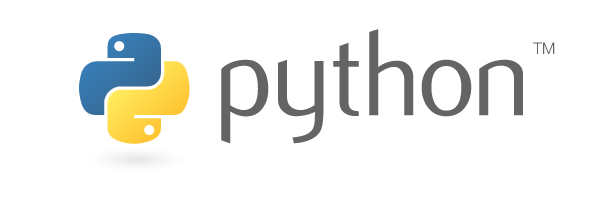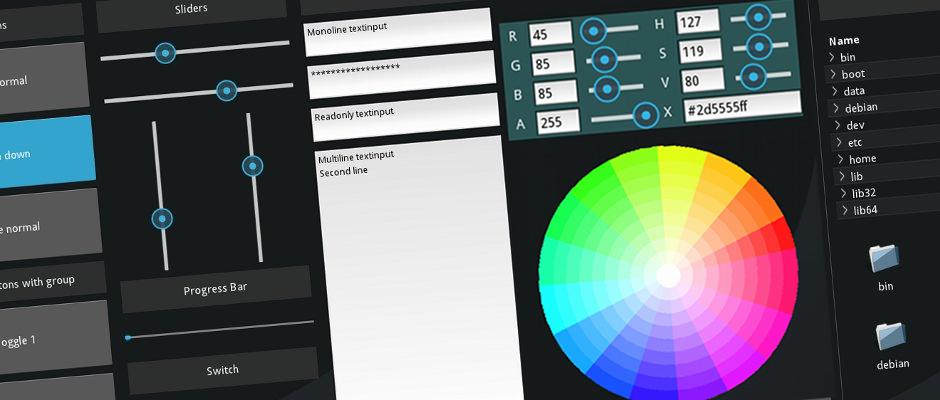Python 3.13 dropped on October 7, 2024, and I spent the next three weeks figuring out why our Flask API suddenly ran like garbage after enabling free-threading. Turns out PEP 703 gave us what we thought we wanted: the ability to disable the Global Interpreter Lock. The catch? Your single-threaded code now crawls because every variable access needs atomic operations.

What Free-Threading Actually Does to Your Code
Free-threading mode (enabled with --disable-gil) lets Python threads actually run in parallel instead of taking turns. Cool in theory. In practice, I learned the hard way that most Python code was never designed for real threading.
Here's what happened when I flipped the switch on our staging API: response times went from around 180ms to like 400ms, sometimes worse during peak load. I spent three days thinking it was a database connection issue before realizing atomic reference counting for every fucking object access is way more expensive than "one thread at a time." The CodSpeed benchmarks confirm what we saw: for typical applications, free-threading makes performance 30-50% worse, not better.
Free-threading only helps when you're doing:
- Heavy parallel math that actually scales across 4+ CPU cores
- Scientific computing that somehow can't use NumPy (why would you do this?)
- Embarrassingly parallel CPU work (most of us don't write this shit)
Free-threading kills performance for:
- Web apps that hit databases (basically everything you actually build)
- I/O-bound stuff where async/await already works fine
- Single-threaded scripts that just need to run and finish
- Any code that imports popular libraries (they'll crash)
The experimental status isn't marketing speak - ecosystem compatibility is fucked. NumPy segfaults randomly, pandas breaks in creative ways, and debugging race conditions in free-threaded mode is exactly as miserable as you'd expect. The official guide tries to help, but mostly you're beta testing for the Python team while your app randomly crashes.
The JIT Compiler: Great for Math, Disaster for Web Apps
The experimental JIT compiler took years to develop and makes your code a whopping 2-9% faster on average. Revolutionary stuff right there. I wasted a week trying to get JIT working with our Django app, starting with the obvious stuff like memory settings and database connections, only to watch startup times crawl from around 2 seconds to nearly 9 seconds because the JIT has to compile every function first.

Unlike V8 or HotSpot, Python's JIT is "intentionally conservative," which is marketing speak for "doesn't actually optimize much." It compiles hot code paths to machine code but won't risk breaking Python's dynamic behavior. Academic research tries to make this sound impressive, but real testing shows the truth: mathematical loops get faster, but your Django view that hits three databases and serializes JSON? Still takes the same fucking time.
The copy-and-patch architecture sounds fancy until you realize it means "copy machine code templates and patch in addresses." Even core developers admit the JIT often makes things slower because compilation overhead never pays off for normal applications.
JIT only helps when you're doing:
- Tight math loops that run millions of times (who writes this?)
- Scientific computing in pure Python instead of NumPy (seriously, why?)
- The same calculation over and over like some CS textbook example
JIT makes things worse for:
- Web apps that jump between handlers and database calls
- I/O-bound applications that spend time waiting, not computing
- Short-lived scripts that die before JIT warmup finishes
- Real applications that import libraries and do business logic
Official benchmarks show modest improvements for synthetic workloads, but your Django app hitting three microservices and a Redis cache? Still the same speed, now with 8-second startup times.
The JIT won't make your web app competitive with Go or Rust. It barely makes your math loops competitive with Python 3.12 after warming up for 30 seconds.
But while we're getting excited about marginal performance improvements, the one thing that actually got better in Python 3.13 requires no experimental flags, no custom builds, and won't crash your production app.
Interactive Interpreter: Finally Decent Colors
The interactive interpreter got a decent upgrade - colored output, better error messages, and tab completion that doesn't suck. After 30+ years of plain text sadness, Python finally figured out that terminals support colors. This is honestly the best part of Python 3.13.

Traceback highlighting now uses colors to separate your buggy code from library code from system code, so you can immediately see where you fucked up instead of staring at 50 lines of stack trace. This actually saves time when debugging instead of the usual "performance improvements" that make things slower.
The doctest output got colors too, controlled by PYTHON_COLORS. If you spend time in the REPL (which you do), this is a genuine quality-of-life improvement. Unlike the experimental features that break your app, colored output just works and makes debugging less miserable. This is the only Python 3.13 feature I'd actually recommend to everyone.
Here's how these "improvements" actually compare to Python 3.12. Spoiler: it's complicated as hell.


